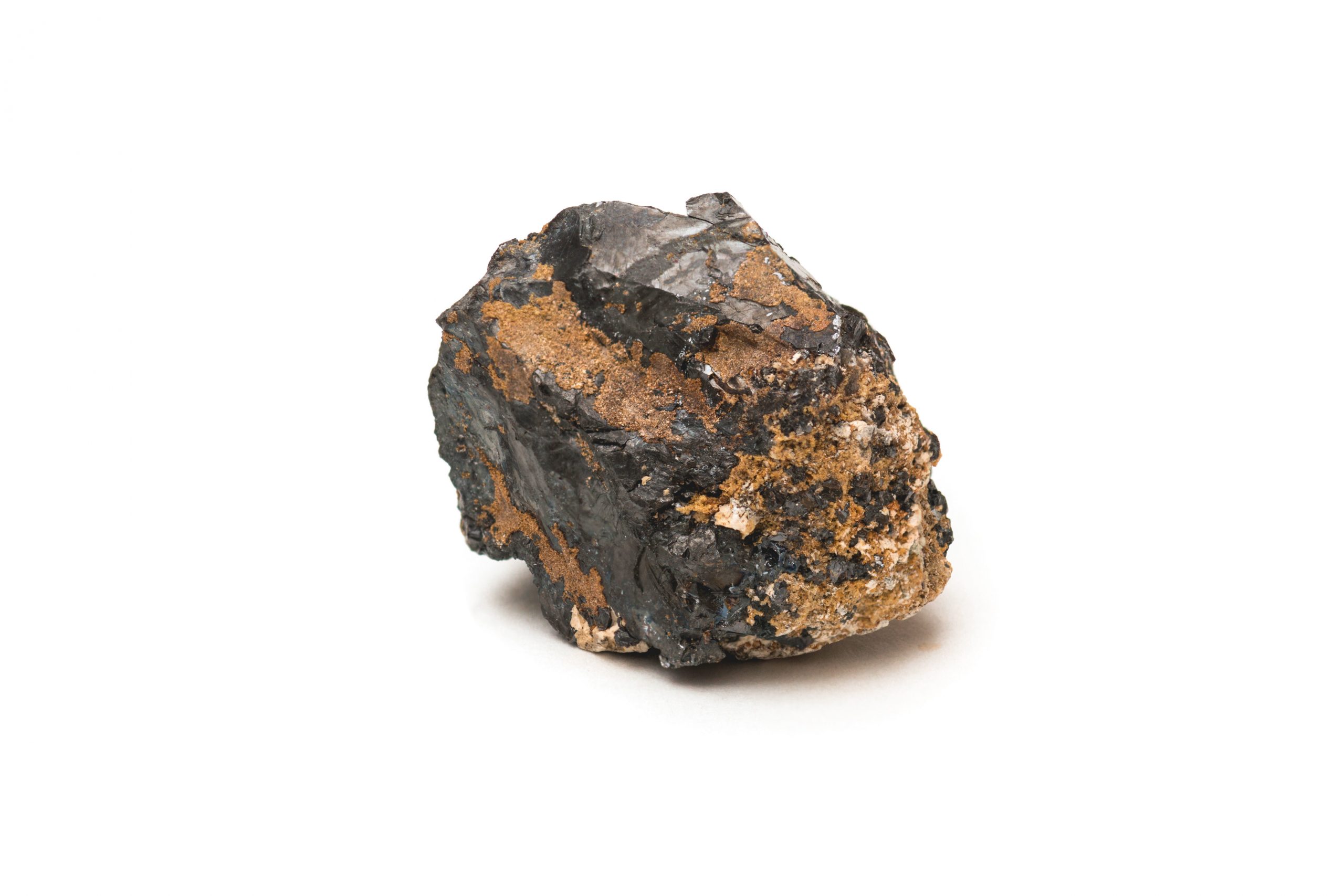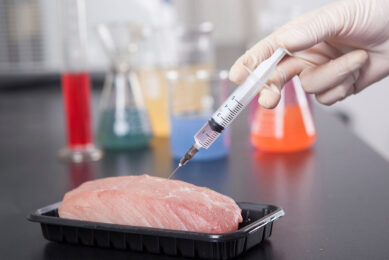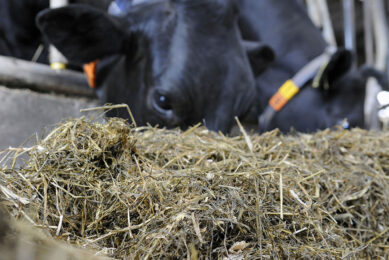Limited zinc supply: Effects on the feed business

Due to limited supply over the last years, zinc prices have been relatively high over a long period. All About Feed spoke to a few feed additive companies to learn if and how this price surge affects their business.
Zinc is considered one of the more important trace minerals in livestock nutrition. It is involved not only in development of the immune system, but also maturity and reproductive capacity. The metal is also involved in the growth of hair, skin cells, hoof health, and claw horn development. The 2 zinc forms commonly supplied in animal diets are organic (i.e, complexed, chelated amino acids, proteinates) or inorganic (zinc sulphate, zinc oxide). Nowadays, also a new generation of hydroxy trace minerals is available (covalent bond with hydroxy groups). Zinc mines are scattered throughout the world, with the main areas located China, Australia, and Peru. However, in 2015 and 2016 some mines were permanently closed. This had a direct effect on the global zinc supply and its prices. Data from the London Metal Exchange (LME) show that this year, the price of zinc was constantly above US$ 3,000 per tonne.
Impact of price increase depends on product
No matter the final form of zinc being produced for animal diets, feed additive suppliers must purchase zinc as a raw material before they can turn it into their product. When using inorganic zinc, a price increase is often directly reflected in the price of a commodity like an inorganic zinc additive. But when we look at specialities (the organic and hydroxy zinc sources), we see a bit of a smaller direct effect. “This is because specialty products such as the organic zinc chelates have a number of processing steps added to them. This will lead to the final cost price of the speciality. For example in the case of rumen by-pass choline for cows. The price of the active ingredient choline is low compared to costs for the spray drying technique and other processing steps needed. A price increase of choline as seen over the last half year therefore has not had a major effect on the final price of the product. Choline nearly doubled in price, but the effect on cost price of rumen by-pass choline is much lower,” explains Arno van der Aa, business development manager at Orffa. Van der Aa acknowledges that the zinc price has been relatively high over the last years. “The high prices of a raw material such as zinc gives us another incentive to convince new clients to use more bioavailable zinc sources. In other words, we try to convince customers to use zinc sources that are the most efficient with limited losses, even though they have a different price tag than the inorganic zinc (the ‘commodity’ zinc). Hydroxy trace minerals are still rather new in the market. Not only their high bio-availability, but also strong handling and stability features allow feed producers and premixers to minimise expensive losses of trace minerals, topics which are currently well received,” van der Aa explains. Price increases are also seen in other raw materials and ingredients. Van der Aa adds, “An exceptional situation is the limited supply of vitamin A for example and the enormous price increase that came with it. But this is quite unusual.”
Working with multiple zinc suppliers
Scott Hine, vice president of products and solutions and chief innovation officer at Novus International in the US says: ”There are some reports circulating that point to a decrease in zinc availability, but there have been no fundamental changes in the market structure or dynamics that would lead to any imbalance of demand or supply. At this point in time, we are not suffering any raw material scarcity and have not been notified by our suppliers of any issues that could impact our zinc trace mineral availability in the short term.” Hine is confident that Novus can supply its customers in the animal feed industry with their regular inventory and our unaltered production schedule. This is partly due to the fact that the company works with multiple reliable zinc suppliers and closely monitors changes in the market. “It is important to use zinc products that optimise key production parameters. Our two-to-one chelated molecule, made with HMTBa, protects the zinc mineral from antagonists, allowing it to be more efficiently absorbed once reaching the small intestine. The result is greater bioavailability, digestive tract stability and a residual methionine effect that can reduce the required level of supplemental methionine per ton of feed,” explains Hine.
Focus on bioavailable sources
Also Dr Richard Murphy, research director at Alltech sees the current zinc supply shortage and pricing concerns leading to a number of challenges and opportunities for premix and feed formulators. “Given the tight supply, they should firstly look to enhance the relative bioavailability of the zinc source they use. Organically bound zinc, with its enhanced bioavailability allows formulators to maximise the uptake and efficacy of zinc. Moreover, the use of a stable zinc chelate enables them to reformulate finished feed with reduced levels of organic zinc relative to inorganic sources but without affecting performance. Consideration must be given to the choice of organic zinc, in particular to the gastrointestinal stabilities of individual products. An unstable organic mineral is only as effective as its inorganic counterpart. Formulators also need to be wary of the potential risk of heavy metal contamination during times of restricted supply. Whilst monitoring of heavy metals in trace element sources is strictly enforced in the EU, less stringent screening in other regions of the world may mean that lower quality batches of zinc may make their way into the feed chain resulting in increased potential for contamination of premix and feed components,” Murphy addresses.
Emphasis on sources with a strong return
In addition, Bill Scrimgeour, president and CEO, Zinpro Corporation, explained to All About Feed that speculation and industrial uses of zinc other than for nutrition are two key factors driving the supply-demand and price balance. “Although global zinc stock levels have declined over the past 5 years, there has been no interruption of zinc supply to the market. Still, raw material stock reductions and price increases of any kind do have the potential to negatively impact the cost of feed and customer profitability when it comes to zinc supplements, what really matters is whether the product delivers improved animal performance, and ultimately drives greater producer profitability. Regardless of the form, no one should pay more for a zinc supplement if it fails to provide a positive return on investment. No matter what the London Metal Exchange (LME) price of zinc reaches, we continue to work closely with our customers to provide optimal animal performance and wellness, as well as a consistent return on investment. And, peer-reviewed research demonstrating positive animal performance provides confidence to producers that our performance trace mineral supplement will deliver value to their operation.”

Outlook for the coming years
The outlook for global mined zinc production seems positive for the near future. The website miningreview.com forecasts that global mined zinc production is to increase by 3.5% year on year in 2018, to 13.7 mt, and rise to 16.6 mt by 2027. A new mine is opening in South Africa for example. At the same time, China’s zinc production will stagnate due to declining ore grades and increasingly stringent environmental regulations. The reduced forecasted pressure on zinc prices is good news for the feed additive producers who have a zinc product in their portfolio. Zinc remains a vital mineral for today’s high performing farm animals, and with increased pressure for farmers, the prices of feed and speciality feed ingredients must remain affordable to stay in business. Choosing a zinc supplement that delivers a strongest return on investment is important, when trace mineral prices are high.
Join 26,000+ subscribers
Subscribe to our newsletter to stay updated about all the need-to-know content in the feed sector, three times a week. Beheer
Beheer









 WP Admin
WP Admin  Bewerk bericht
Bewerk bericht